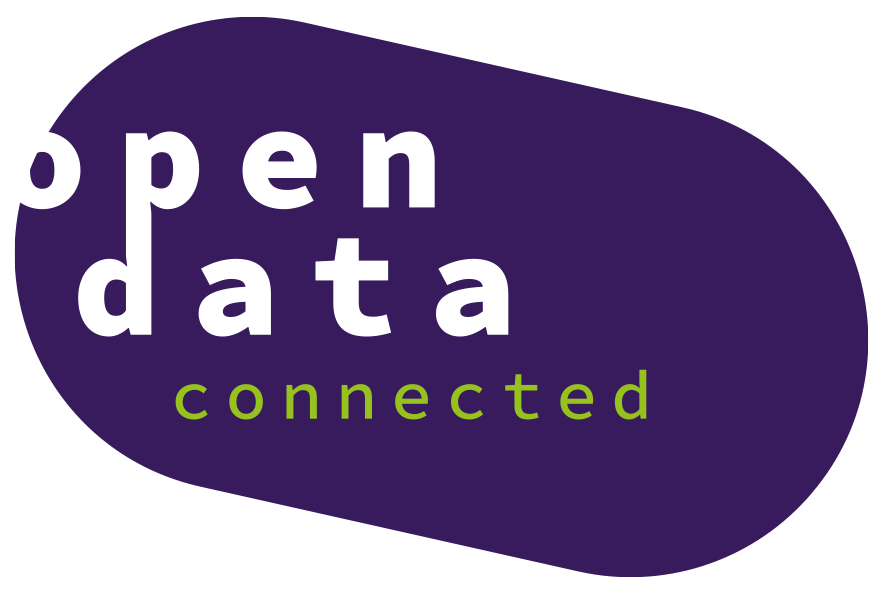In this section, we will explore the current state and challenges of open data distribution, and explore possible solutions.
Open data is the new default. Rather than having public officials deciding which datasets are worthy of public release and thus subjecting them to political pressure, governments institute an “open by default” approach where all government-held information must be made public unless there is good reason not to do so (for example, if disclosure would compromise personal privacy).
The state of data distribution methods is not very consistent or standardized. There are several challenges with the current solutions for open data sharing.
As the amount of open data is increasing and the movement around it is growing, we need a better way to share and distribute it. We especially need a method for tracking the quality and maturity level of open data.
How should one go about distributing data in order to foster an open data ecosystem? Direct delivery and marketplace-based systems are two of the different ways to choose. But another solution would be to use a distributed ledger or blockchain, how would blockchain technology support this?
Blockchain technology can be used to create an open data distribution system that allows anyone to publish or access any kind of content in its original form, without being restricted from doing so or having it altered.
An immutable ledger is a database where every transaction is recorded in chronological order and made publicly available. Because it’s so difficult to change or remove records from once they’ve been added, blockchains are often used as a way to verify ownership of assets like property deeds.
We considered that blockchain technology might be a suitable solution for distributing open data. Tracking the provenance of any given dataset would help us understand where it came from and when. It is especially important, if we want to ensure the clean and accurate nature of our data, that we take steps to verify its accuracy.
Blockchain technology can also be used to verify the quality of data. This would help users understand how much trust they should place in a given set of information before using it on their own projects or applications. Finally, blockchain technology can help us maintain ownership records — who has access to what parts of certain datasets? We believe that blockchain technology will play an important role in the future of open data distribution because it offers an infrastructure that supports sharing by default while also facilitating data quality and data integrity.
